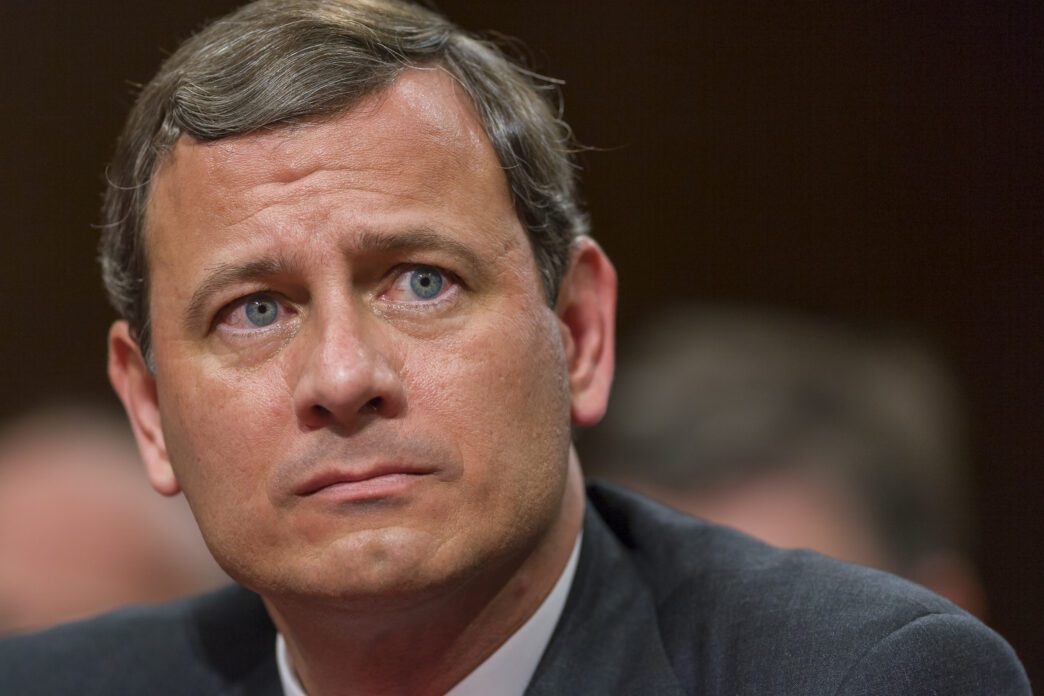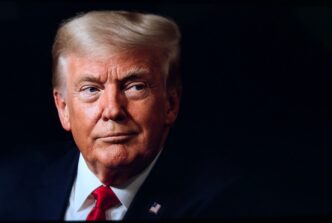Executive Summary
- The Supreme Court is reviewing President Donald Trump’s extensive use of emergency powers to impose tariffs, a decision that could significantly impact the U.S. economy.
- Chief Justice John Roberts’ interpretation of tariffs as a form of taxation, paralleling his Affordable Care Act ruling, is expected to be central to the Supreme Court’s decision.
- The case centers on whether Congress ceded its constitutional power to impose tariffs to the President through the International Emergency Economic Powers Act (IEEPA), with the court also considering its public perception.
The Story So Far
- The Supreme Court is currently reviewing a significant challenge to President Trump’s extensive use of emergency powers to impose tariffs, which questions whether the President overstepped executive authority and infringed upon Congress’s constitutional power to levy tariffs. This legal dispute is particularly complex given Chief Justice Roberts’ previous ruling classifying the Affordable Care Act’s individual mandate as a tax, suggesting his interpretation of tariffs as a form of taxation will be central to defining the balance between presidential and congressional power.
Why This Matters
- The Supreme Court’s upcoming decision on President Trump’s use of emergency powers to impose tariffs carries significant implications, potentially reshaping the U.S. economy by affecting import costs and consumer prices. Crucially, it will redefine the constitutional balance of power between the executive and legislative branches regarding trade and emergency authority, while also influencing public perception of the Court’s independence and its institutional standing.
Who Thinks What?
- The Trump administration argues that the International Emergency Economic Powers Act (IEEPA) provides sufficiently broad authority, through its language on “regulation” of “importation,” to allow the President to impose tariffs using emergency powers.
- Lower courts have disagreed with the Trump administration’s interpretation, suggesting that Congress did not cede its specific constitutional power to impose tariffs through the IEEPA.
- Chief Justice John Roberts views tariffs as a “foreign-facing tax,” acknowledging both congressional taxing power and the executive’s authority in foreign affairs, and is reportedly seeking to build a broad coalition for the final opinion while being mindful of public perception.
The Supreme Court recently heard oral arguments in a significant challenge to President Donald Trump’s extensive use of emergency powers to impose tariffs on nearly all imports. The decision, which could have profound implications for the U.S. economy, may ultimately hinge on Chief Justice John Roberts’ interpretation of tariffs as a form of taxation, drawing parallels to his pivotal ruling on the Affordable Care Act.
Roberts’ View on Tariffs as Taxes
Chief Justice Roberts previously upheld the Affordable Care Act (Obamacare) by classifying its individual mandate as a tax, a move that surprised many conservatives. This precedent suggests his view on taxation could again be central to a major presidential initiative.
While President Trump has framed tariffs as a strategic tool, Roberts has noted that they are a “foreign-facing tax,” acknowledging both congressional taxing power and the executive’s authority in foreign affairs. This dual nature complicates a straightforward classification of tariffs.
Congressional vs. Executive Power
A central legal question in the case is whether Congress ceded its constitutional power to impose tariffs to the President through the International Emergency Economic Powers Act (IEEPA). Historically, tariff authority has been specifically delineated by Congress.
The Trump administration argues that the IEEPA’s language concerning the “regulation” of “importation” is sufficiently broad to cover tariffs. However, lower courts have disagreed with this interpretation, setting the stage for the Supreme Court’s review.
Court’s Public Perception
The justices are reportedly mindful of how their ruling will be perceived by the public, particularly regarding the court’s independence and public confidence. According to a CNN analysis, Chief Supreme Court Analyst Joan Biskupic indicates that concerns about the narrative that the court consistently sides with Donald Trump add another layer of complexity to the deliberations.
This external context, including the significant economic impact of the tariffs, is likely to factor into the court’s internal discussions. The decision will be viewed either as a major endorsement or a significant rejection of a president’s signature policy.
Judicial Alignment and Coalition Building
Ms. Biskupic suggests a potential split among the justices, with Justices Clarence Thomas, Samuel Alito, and Brett Kavanaugh likely to support Trump’s actions, and Justices Sonia Sotomayor, Elena Kagan, and Ketanji Brown Jackson likely to oppose them. This leaves Chief Justice Roberts, Justice Neil Gorsuch, and Justice Amy Coney Barrett as potential swing votes.
Chief Justice Roberts is expected to seek to build a broad coalition for the final opinion, a strategy he employed in the Affordable Care Act case where he reportedly switched his vote to secure a majority. With such a significant case at stake, he may aim for a consensus beyond a simple five-vote majority.
Key Considerations Ahead
As the Supreme Court deliberates, the interplay between congressional authority, executive power in foreign affairs, and the Chief Justice’s nuanced view of taxation will shape the outcome. The eventual decision will not only impact the future of President Trump’s tariff policies but also further define the balance of power within the U.S. government and the court’s institutional standing.








